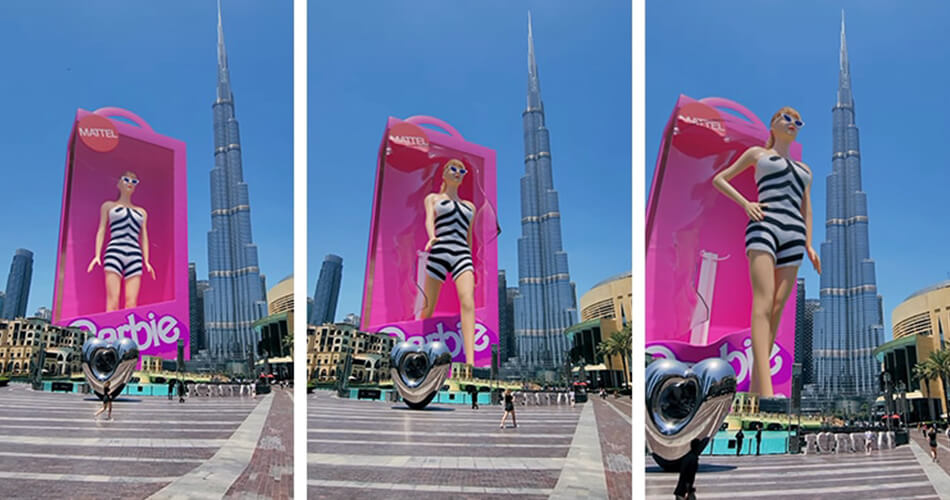Social Media
With the rapid advancement of computer technology, a groundbreaking technology has emerged in the field of computer graphics and visual effects: Computer Generated Imagery, or CGI for short. CGI is a computer-based method of generating graphics and is commonly used in various industries such as cinema, television, advertising, video games, and simulation. In this article, we will explore what CGI is, how it works, and how it has impacted our daily lives.
What is CGI?
CGI stands for “Computer Generated Imagery.” This term refers to visual content created through computers. The primary purpose of CGI is to produce visual elements that do not exist in the real world through computer-generated means and integrate these elements with the real world. This technology is frequently seen in live-action films, animations, advertisements, and video games.

How Does CGI Work?
The working principle of CGI is quite complex, but it fundamentally involves the following steps:
- Modeling: In the first step, computer graphics artists create three-dimensional models of the objects to be generated. These models are designed to be integrated with live-action scenes.
- Lighting and Shading: After the modeling stage, artists illuminate the scene and add shadows. This contributes to the realistic and natural appearance of CGI.
- Rendering: The created 3D model and scene are “rendered” by the computer. This process involves converting them into a visually suitable format.
- Integration: In the final stage, the images generated by the computer are combined with live-action scenes. This is where CGI interacts with the real world.
Applications of CGI:
- Cinema and Television: CGI is widely used in the film and television industry, particularly in fantasy, science fiction, and action films to incorporate unreal elements.
- Advertising: In the advertising world, CGI is commonly used to visually present products in a stunning and impactful way.
- Video Games: Modern video games frequently use CGI graphics to enhance the gaming experience and add realism.
- Simulation: In industries such as aviation, medicine, and many others, CGI simulations are utilized for training and research purposes.
CGI has become an integral part of visual effects and digital art in today’s world. Through computer graphics, audiences can be presented with fantastical worlds that are not possible in the real world. The rapidly evolving technology of CGI promises even more impressive and realistic visual experiences in the future.
To learn about the services provided by Marker Groupe, you can contact us via the MarkerGroupe.com website or via the e-mail address hello@markergroupe.com.





